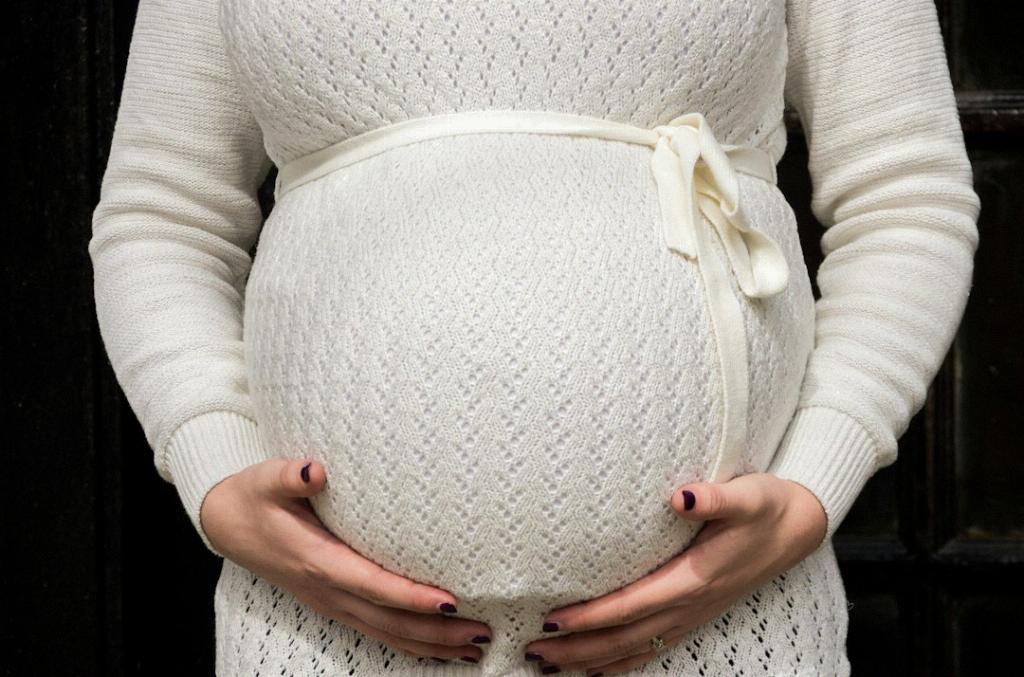Firstly, it’s essential to grasp the concept of marginal cord insertion before diving into whether bed rest is necessary. Marginal cord insertion refers to the attachment of the umbilical cord to the edge of the placenta rather than the center. This condition can potentially affect fetal growth and development, making it crucial for medical professionals to monitor closely.
The Importance of Early Detection
Early detection of marginal cord insertion is key in ensuring the best possible outcome for both the baby and the mother. Doctors often rely on ultrasounds and other diagnostic tests to identify this condition in the early stages of pregnancy. By detecting it early, healthcare providers can implement appropriate intervention strategies to manage any potential risks.
Treatment Options for Marginal Cord Insertion
When it comes to managing marginal cord insertion, various treatment options may be considered based on the individual case. One common approach is recommending bed rest to pregnant individuals diagnosed with this condition. Bed rest can help alleviate potential stress on the placenta and promote optimal fetal growth.
Benefits of Bed Rest
Bed rest can offer a range of benefits for pregnant individuals with marginal cord insertion. By reducing physical activity and promoting relaxation, bed rest may help improve blood flow to the placenta and reduce the risk of complications. Additionally, it allows for constant monitoring of both the mother and the baby’s wellbeing.
Potential Risks and Considerations
While bed rest is often recommended for those with marginal cord insertion, it’s essential to consider both the benefits and potential risks associated with this approach. Prolonged bed rest may lead to muscle weakness, increased risk of blood clots, and psychological stress. Therefore, healthcare providers must weigh the benefits against the risks on a case-by-case basis.
Alternatives to Bed Rest
In some cases, bed rest may not be the most suitable option for managing marginal cord insertion. Depending on the severity of the condition and individual health factors, alternative treatment approaches such as hospitalization for closer monitoring or modified activity levels may be considered. It’s crucial for healthcare providers to tailor the treatment plan to the specific needs of each patient.
Consulting with Healthcare Providers
Ultimately, the decision regarding whether bed rest is necessary for marginal cord insertion should be made in consultation with healthcare providers. Obstetricians and other medical professionals can provide personalized guidance based on the specific circumstances of each pregnancy. Open communication and regular monitoring are key components of effective management.
Emotional Support and Wellbeing
Dealing with a diagnosis of marginal cord insertion can be stressful for expectant parents. Alongside medical interventions, emotional support and wellbeing should also be prioritized throughout the journey. Connecting with support groups, seeking counseling, and practicing self-care can help individuals navigate this challenging period with resilience.
Monitoring Fetal Growth and Development
Regular monitoring of fetal growth and development is essential for individuals with marginal cord insertion. Ultrasounds, fetal heart rate monitoring, and other assessments enable healthcare providers to track the baby’s progress and address any concerns promptly. This proactive approach can help ensure the best possible outcome for both the baby and the mother.
Collaborative Care Approach
Effective management of marginal cord insertion often involves a collaborative care approach, where various healthcare professionals work together to provide comprehensive support. From obstetricians and perinatologists to midwives and nutritionists, a multidisciplinary team can offer holistic care that addresses the physical, emotional, and psychological aspects of the condition.
Final Thoughts on Bed Rest and Marginal Cord Insertion
In conclusion, the necessity of bed rest for individuals with marginal cord insertion depends on a range of factors, including the severity of the condition, individual health considerations, and personalized treatment goals. While bed rest can be beneficial in promoting fetal wellbeing and reducing risks, it’s essential to weigh the potential pros and cons in each situation. By working closely with healthcare providers and staying informed, expectant parents can make informed decisions about their care and the management of marginal cord insertion.

